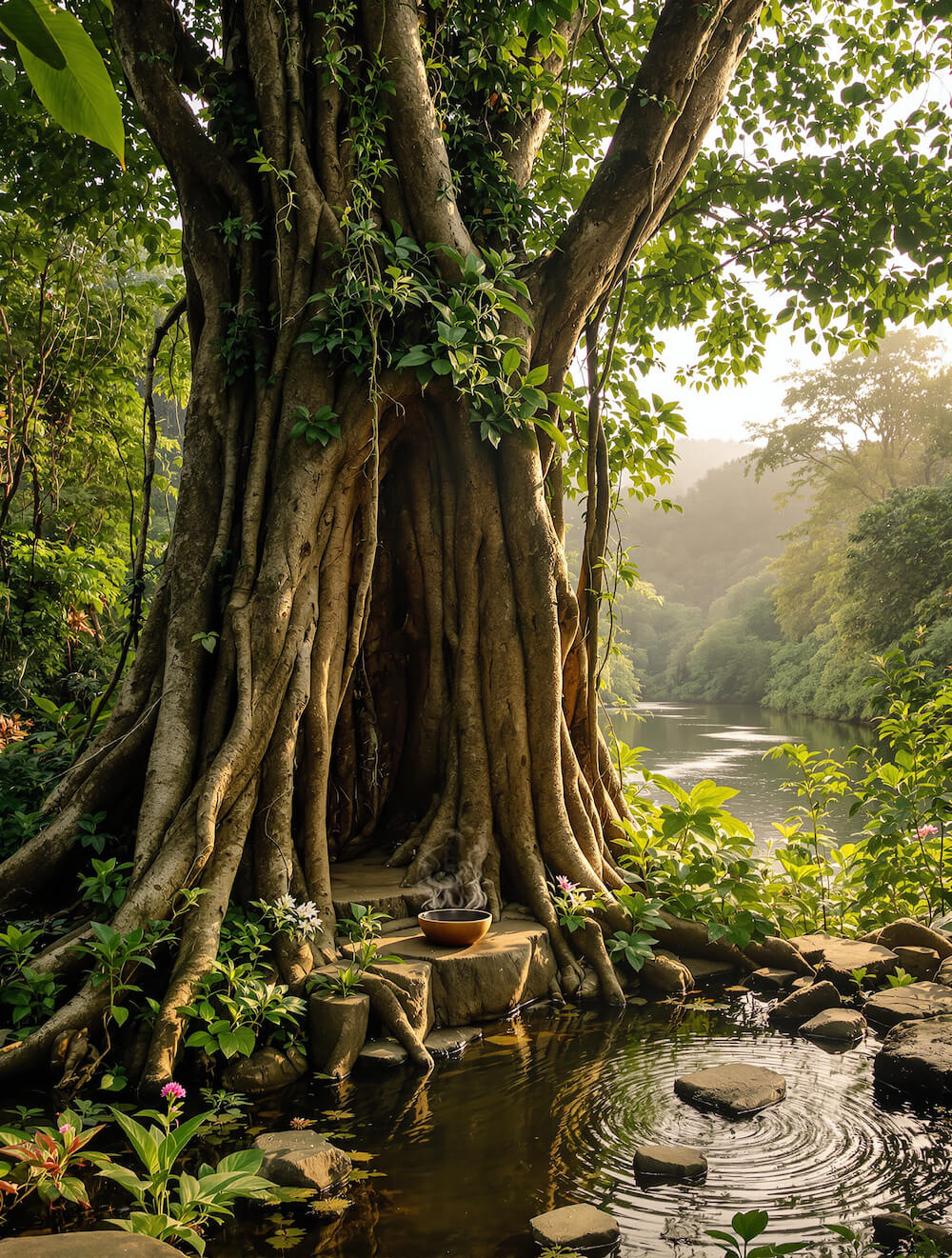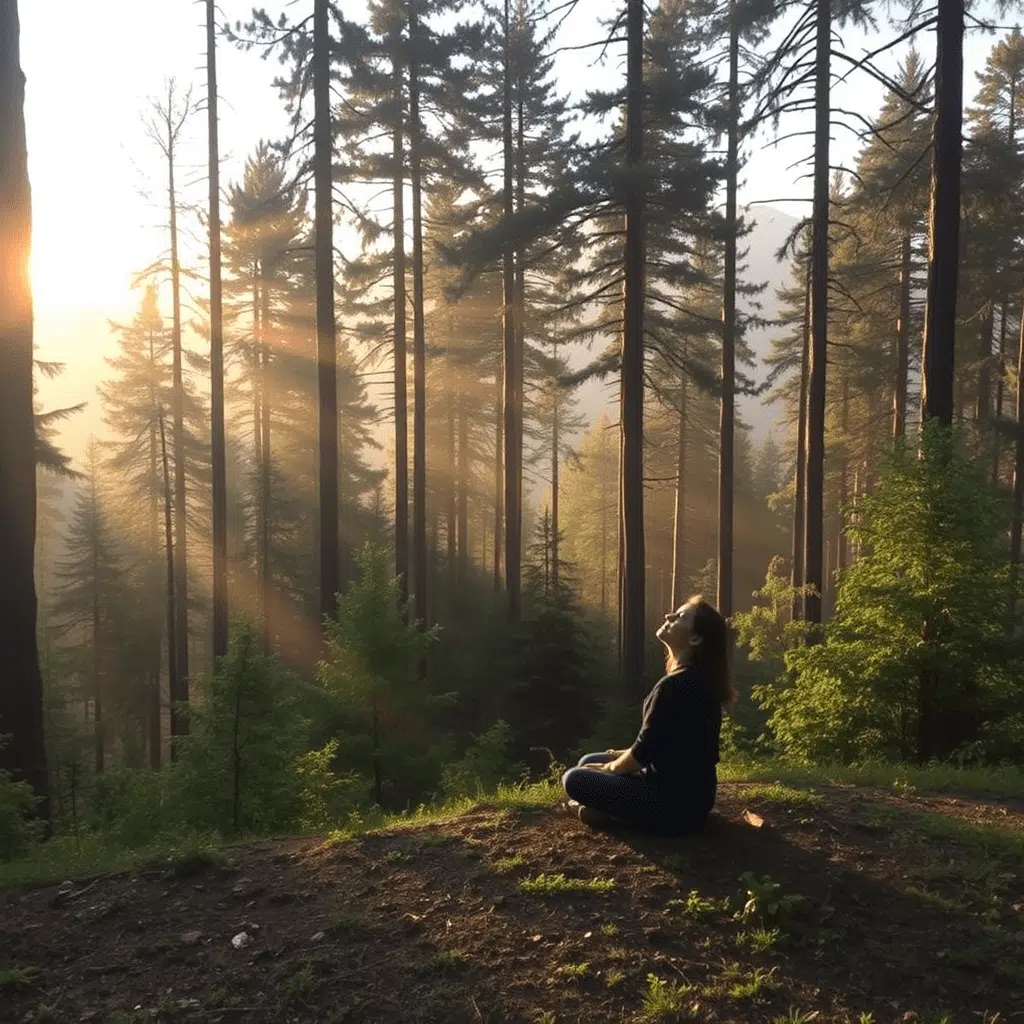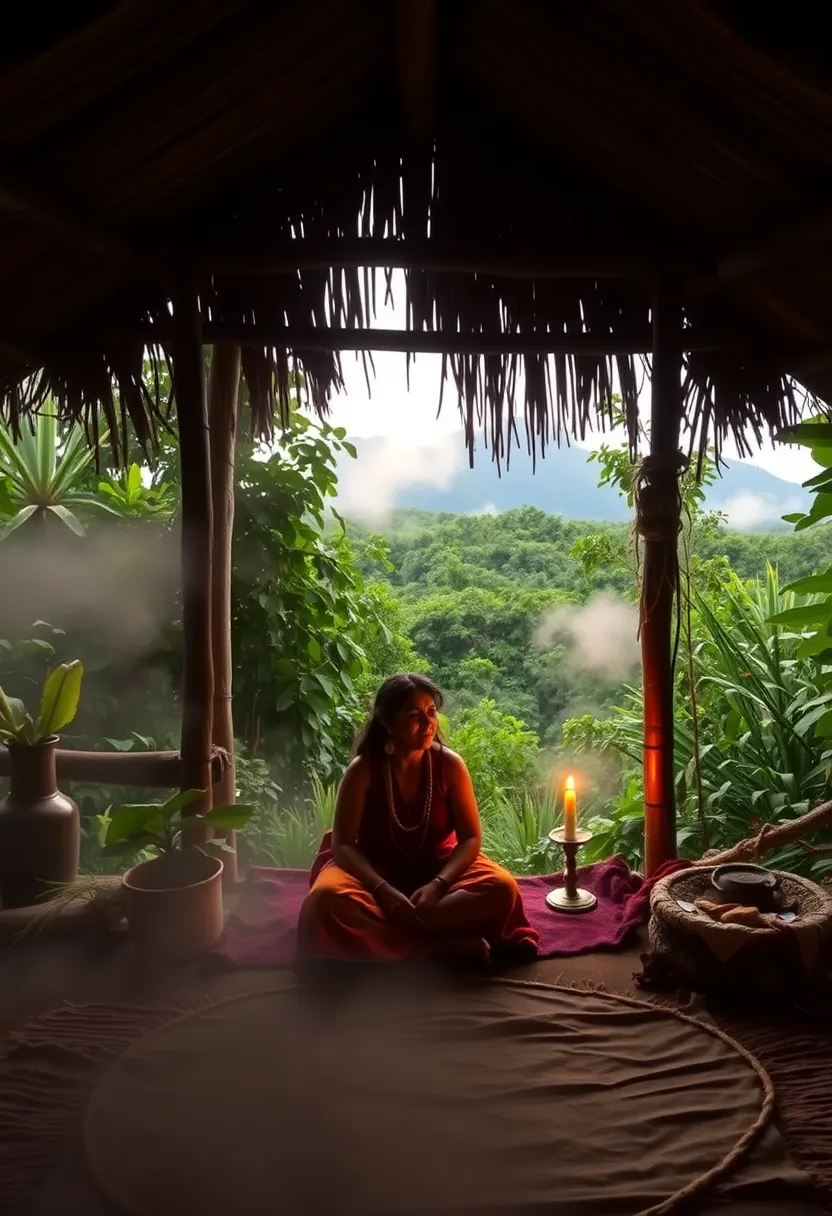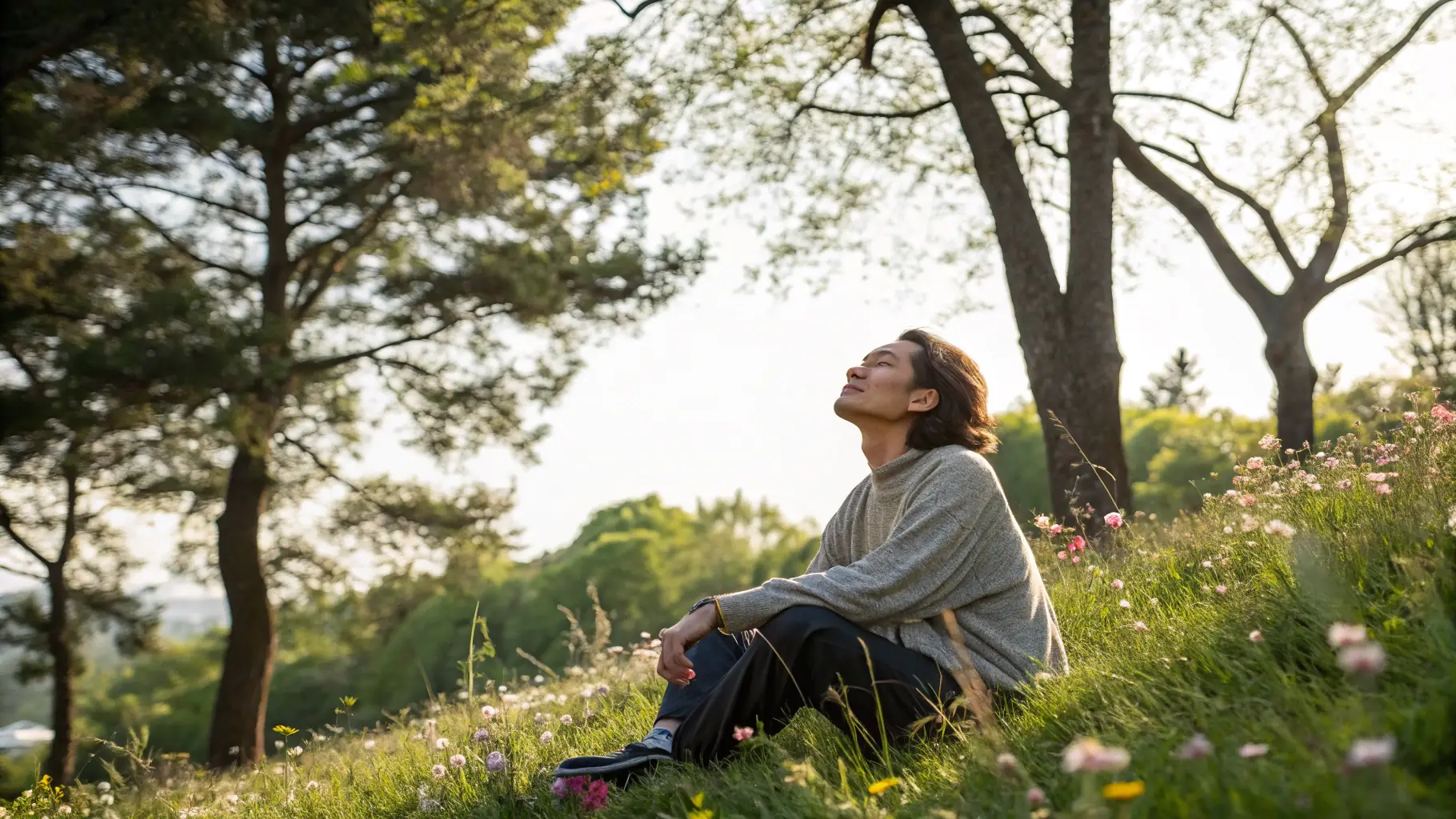Discover the
Transformative Power
of Ayahuasca
Discover the Transformative Power of Ayahuasca
Bridging ancient sacred traditions with modern scientific research, Ayahuasca.com offers trusted resources, expert guidance, and carefully curated retreats to support your journey of healing and self-discovery.
Awaken Your Potential: Explore the Transformative Benefits of Ayahuasca
Ayahuasca is a sacred plant medicine known for its potential to catalyze transformation across every dimension of the self — mental, emotional, physical, and spiritual. Through guided ceremony and intentional integration, Ayahuasca can illuminate the mind, unlock the heart, renew the body, and awaken the spirit to support holistic health and lasting personal growth.

Mental
Clarity & Insight

Emotional
Healing & Release

Physical
Renewal & Vitality

Spiritual
Growth & Awakening
The Sacred Origins of Ayahuasca
Ancestral Traditions
Ayahuasca has been used for centuries by Indigenous Amazonian tribes for spiritual ceremonies, healing, and community bonding. Though traditionally prepared as a brew, Ayahuasca is honored as a living spirit and revered teacher. Within these ancestral cultures, Ayahuasca has served as a portal to the unseen, a guide through illness and uncertainty, and a mirror that reveals what is ready to be healed.
Ceremonial Wisdom
Passed down through oral tradition, prayer, and sacred song, Ayahuasca ceremonies are deeply embedded in the spiritual and cultural life of communities throughout Peru, Brazil, Colombia, and Ecuador. Each lineage holds unique rituals and healing practices, guided by shamans and medicine carriers who undergo years of dieta — a process of disciplined preparation, training, and communion with the plants.
Sacred Relationship
The use of Ayahuasca is rooted in a reciprocal relationship with nature. It is considered a sacred tool for personal transformation and divine connection — a way of listening to the intelligence of the Earth and the soul. Indigenous traditions teach that this medicine must be approached with humility, respect, and spiritual intention. It is not the plants alone that heal, but the consciousness, prayers, and integrity that surround their use.
Global Reach, Deep Roots
While Ayahuasca’s presence is now expanding across the world, its cultural origins remain deeply rooted in Indigenous tradition. Today, more and more people feel the call to this medicine as a path of healing and awakening. As it moves beyond the rainforest, the responsibility to honor its roots grows stronger — to uplift and respect the lineages, wisdom keepers, and communities who have preserved its sacred essence through generations.

Explore Trusted Ayahuasca Retreats
Ayahuasca retreats are held in sacred places across the globe — each with its own atmosphere, traditions, and approach to healing. Whether you’re called to the lush rainforests of Costa Rica, the ancestral wisdom of the Andes, the peaceful sanctuaries of Europe, or the rising spiritual hubs of Mexico, these destinations offer a meaningful space to begin or deepen your journey.
Ayahuasca.com also features carefully selected retreats in Colombia, Ecuador, and Jamaica — each one vetted for safety, integrity, and alignment with sacred tradition.

Preparing for a Safe and Aligned Ayahuasca Journey
At Ayahuasca.com, we care deeply about your safety, well-being, and spiritual alignment. We offer thoughtful guidance to help you prepare for this sacred journey with clarity, discernment, and care. Understanding key practices and precautions can support a more grounded, meaningful, and transformative experience.
- Thorough Research: Take time to learn about the retreat center, its facilitators, and the traditions they honor. Choose a path that resonates with your heart and values.
- Health Assessment: Consult with a trusted healthcare provider to ensure you are physically, mentally, and emotionally prepared.
- Diet & Preparation: Follow recommended pre- and post-ceremony dietary practices (dieta) to support the energetic, physical, and emotional aspects of the work.
- Intention Setting: Reflect on your intentions for the journey. Clarifying your inner goals can help guide the experience and support deeper healing.
- Integration Planning: Consider how you will create space to rest, reflect, and integrate insights after the ceremony.
For more detailed guidance on preparation, integration, and choosing the right retreat, explore the Resources section.
Resources & Reflections
Explore trusted articles, teachings, and reflections from experienced practitioners, integration specialists, and respected researchers. These resources are here to support your preparation, deepen your understanding, and illuminate your path.
Preparing for Your Ayahuasca Journey: A Comprehensive Guide
Understanding the preparation process is crucial for a safe and meaningful ayahuasca experience.
Is Ayahuasca Right for You?
Considering an Ayahuasca ceremony? This article offers thoughtful questions to help you reflect on your readiness, motivations, and alignment — offering guidance for those feeling called to explore this path.
The World Awakens to Ayahuasca
From clinical trials and media headlines to public policy and celebrity voices, Ayahuasca is entering the mainstream. Explore how global attention is reshaping the conversation around this sacred plant medicine.
The Ayahuasca Experience: What to Expect
Curious about the ceremonial experience? Learn what may unfold for those in the circle — from visions and emotional release to physical purging — and how preparation, setting, and support shapes each individual journey.








